We can succeed only by concert. It is not ‘can any of us imagine better?’ but ‘can we all do better?’.
Abraham Lincoln, Message to Congress in 1862
1819
Laying Roots in New York
Richard Blatchford establishes an office at 140 Water Street in New York City. Four years later, Blatchford’s lifelong colleague and friend, William Seward, would begin a partnership with Elijah Miller in Auburn. The New York and Auburn offices would formally combine in 1854.
1826
Global Banking in Its Earliest Days
The Bank of England, the central bank of the United Kingdom, appoints Richard Blatchford as financial agent and counsel in the United States, a position he holds for more than 40 years. Around the same time, he also becomes counsel to the Second Bank of the United States.
Richard Blatchford
Founder and Ambassador
Beyond the Firm he founded, Richard Blatchford’s legacy of leadership would extend to national and international levels. In 1855, he was elected to the New York State Assembly, and went on to oversee the commission that created New York City’s Central Park. During the Civil War, he raised funds, supplies and troops as a member of the Union Defense Committee, and was appointed by the Lincoln Administration to provisional committees for the War, Navy and Treasury Departments. From 1862 to 1863, he was also the U.S. Minister to the States of the Church, serving as ambassador to the Vatican. Blatchford was the Firm’s first Presiding Partner, serving in the role until 1854, when his son, Samuel, took over.
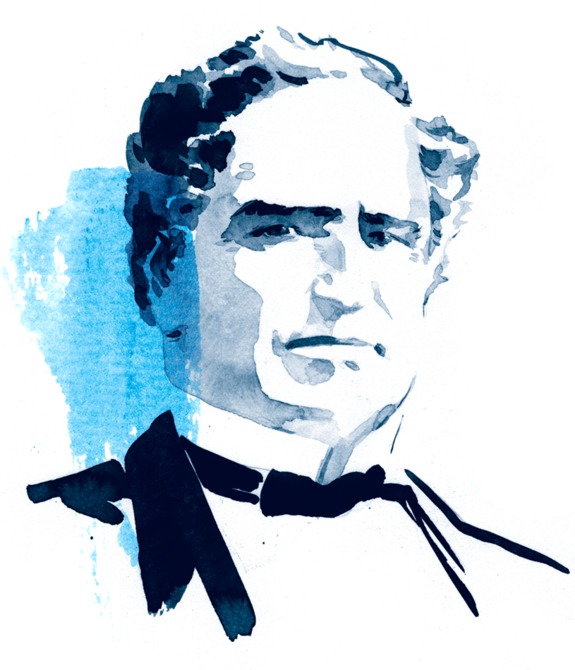
Richard Blatchford
1826
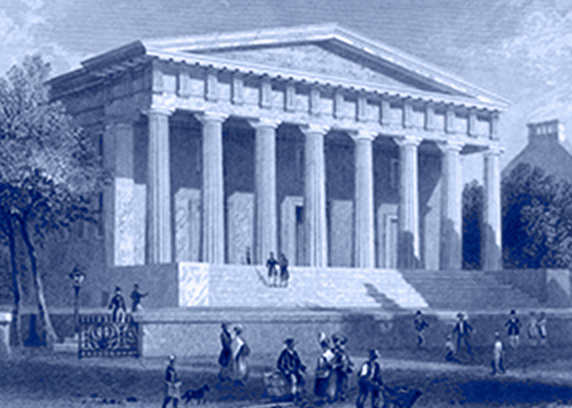
A Democratic President Against the National Bank
The Firm begins to represent the Second Bank of the United States, which is sharply criticized by soon-to-be Democratic President Andrew Jackson.
1845
Defending a Free Press
While defending famed abolitionist Horace Greeley, publisher of the New York Tribune, against a libel claim by James Fenimore Cooper, William Seward says “the conductors of the press have legitimate functions to perform and if they perform them honestly, fairly and faithfully, they ought to be upheld, favored, and protected, rather than discouraged, embarrassed, and oppressed.”
1837
Our Early Political System
William Seward and Richard Blatchford are active in the newly formed Whig Party, the precursor to the Republican Party.
1847
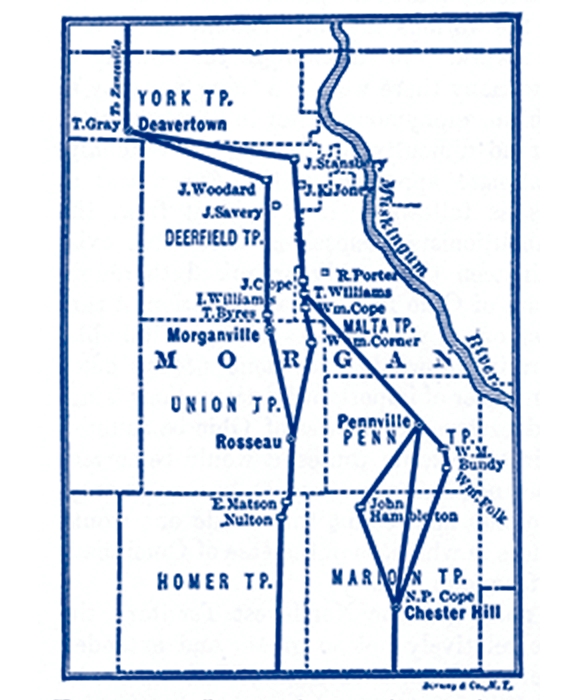
Continuing the Fight Against Slavery
William Seward argues a landmark case challenging the constitutionality of slavery before the U.S. Supreme Court. He defends abolitionist John Van Zandt, who had been sued for aiding fugitive slaves through the Underground Railroad.
1848
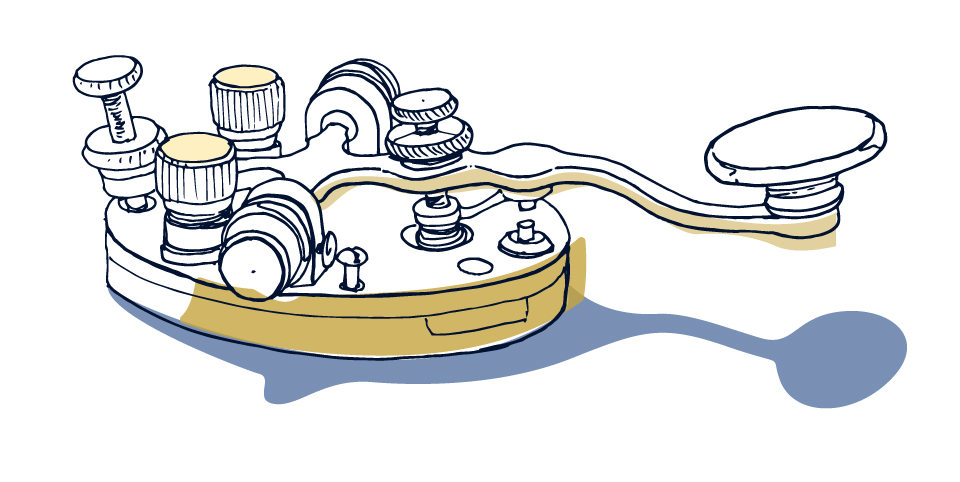
Protecting an Inventor
In 1825, Samuel Morse is away from home when a messenger arrives on horseback to tell him his wife had fallen ill. The experience sends him on a quest for a faster way to communicate over long distances. In 1848, the Firm secures a patent for Morse to protect his invention of the electromagnetic telegraph.
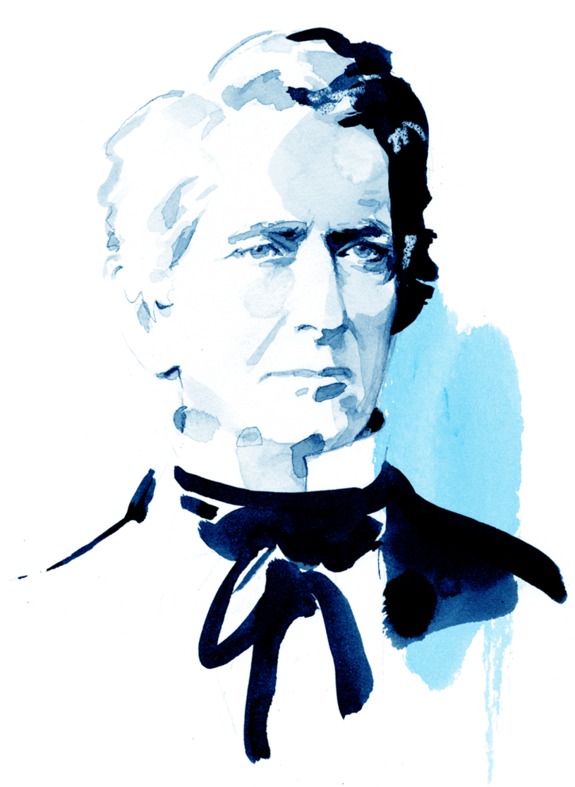
William Seward
William Seward
Statesman and Bellwether
William Seward’s political career beyond the law saw him ascend from the governorship of New York, to the U.S. Senate, to the cabinet of President Abraham Lincoln. As Secretary of State, his negotiating acumen proved instrumental in the purchase of Alaska from Russia for $7.2 million, and in the Trent Affair, which prevented England from formally recognizing the Confederacy. A lifelong opponent of slavery, his Auburn home was used by Harriet Tubman as a waystation along the Underground Railroad. Seward would go on to sell the property to Tubman, encouraging her to settle in Auburn and eventually open the Harriet Tubman Home for the Aged.
1850
The Firm represents Cyrus McCormick, inventor of the reaper, in patent matters.
1855
Patenting Rubber
Charles Goodyear engages the Firm in defense of his vulcanized rubber patent against British inventor Thomas Hancock.
1854
Unification
The New York and Auburn offices formally combine as Blatchford, Seward & Griswold.
1865
Steel
Henry Bessemer invents the first inexpensive industrial process for the mass production of steel. The Firm handles the granting of American licenses of the Bessemer steel process patents.
1854
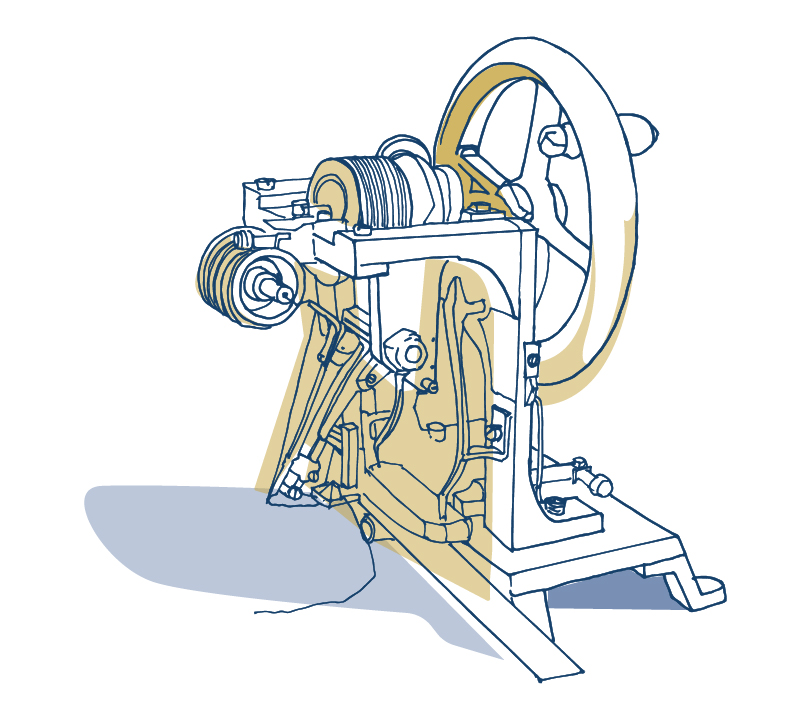
The Sewing Machine
Elias Howe invents a much-improved lockstitch sewing machine and secures a patent but fails to sell it. Isaac Singer builds a similar machine. After a long legal battle, Howe, represented by the Firm, wins the dispute and earns considerable royalties from Singer for the sale of his invention.
1859
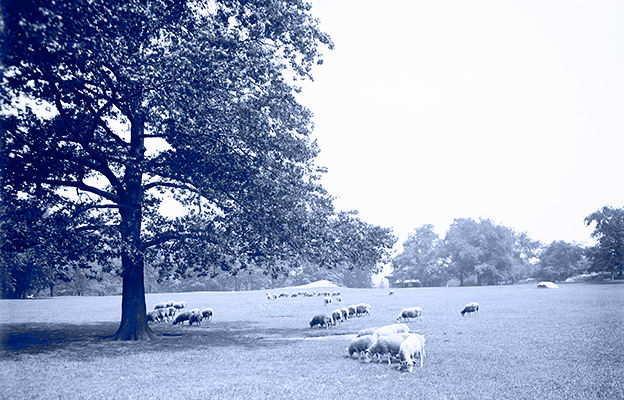
Developing Central Park
The Central Park Commission developed much of Central Park during the years 1859-1863 under the leadership of Richard Blatchford, the president of the Commission and one of Cravath’s founders. By the time Central Park was officially completed in 1873, more than 10 million cartloads of soil, rock and other material had been transported out of the park to make way for more than four million trees, shrubs and plants.
1867
Clarence Seward becomes Presiding Partner, serving in the role until 1897.
1867
District Court Judge
Samuel Blatchford, son of founder Richard Blatchford and future U.S. Supreme Court justice, is appointed to the U.S. District Court for the Southern District of New York and takes a leave from the Firm.
1868
Robber Barons
The Firm becomes involved in the fight for control of the Erie Railway Company on the side of the Erie, facing off with Cornelius Vanderbilt and Jay Gould, among others. It would later represent Union Pacific in the Crédit Mobilier scandal. In 1880, the Firm represents Wells Fargo and other express delivery companies in their “war” with the railroads over control of national freight services and, in 1882, it represents Southern Express in lawsuits attacking various aspects of Jay Gould’s control.
1868
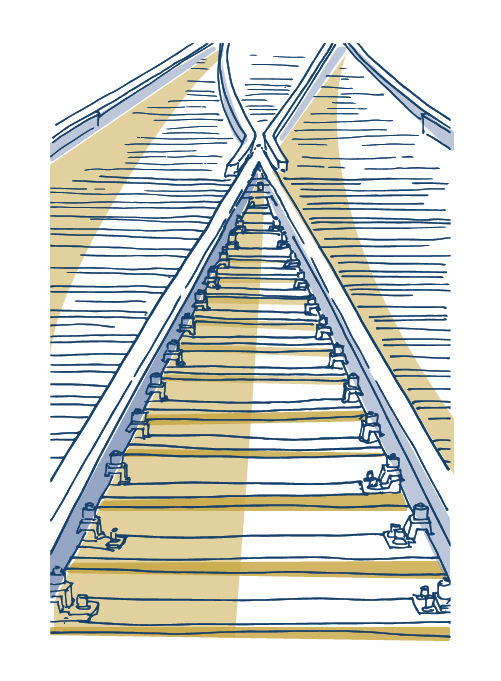
Railroad Battle Royal
J.P. Morgan & Co. is involved in a case with Erie Railroad in a battle for control of upstate New York railroads. The Firm represents the interests of Erie Railroad.
1868
Historic Ties to
The House of Morgan
After being on opposite sides in the Erie Railroad dispute in 1868, the Firm goes on to work in tandem with J.P. Morgan on a wave of industrial consolidations in the late 1800s, building a relationship that continues to this day. Numerous Cravath alumni also transition into roles at J.P. Morgan, including partners Seymour Parker Gilbert, Jr. and Russell Leffingwell, who retired as Chairman of the Board in 1950.